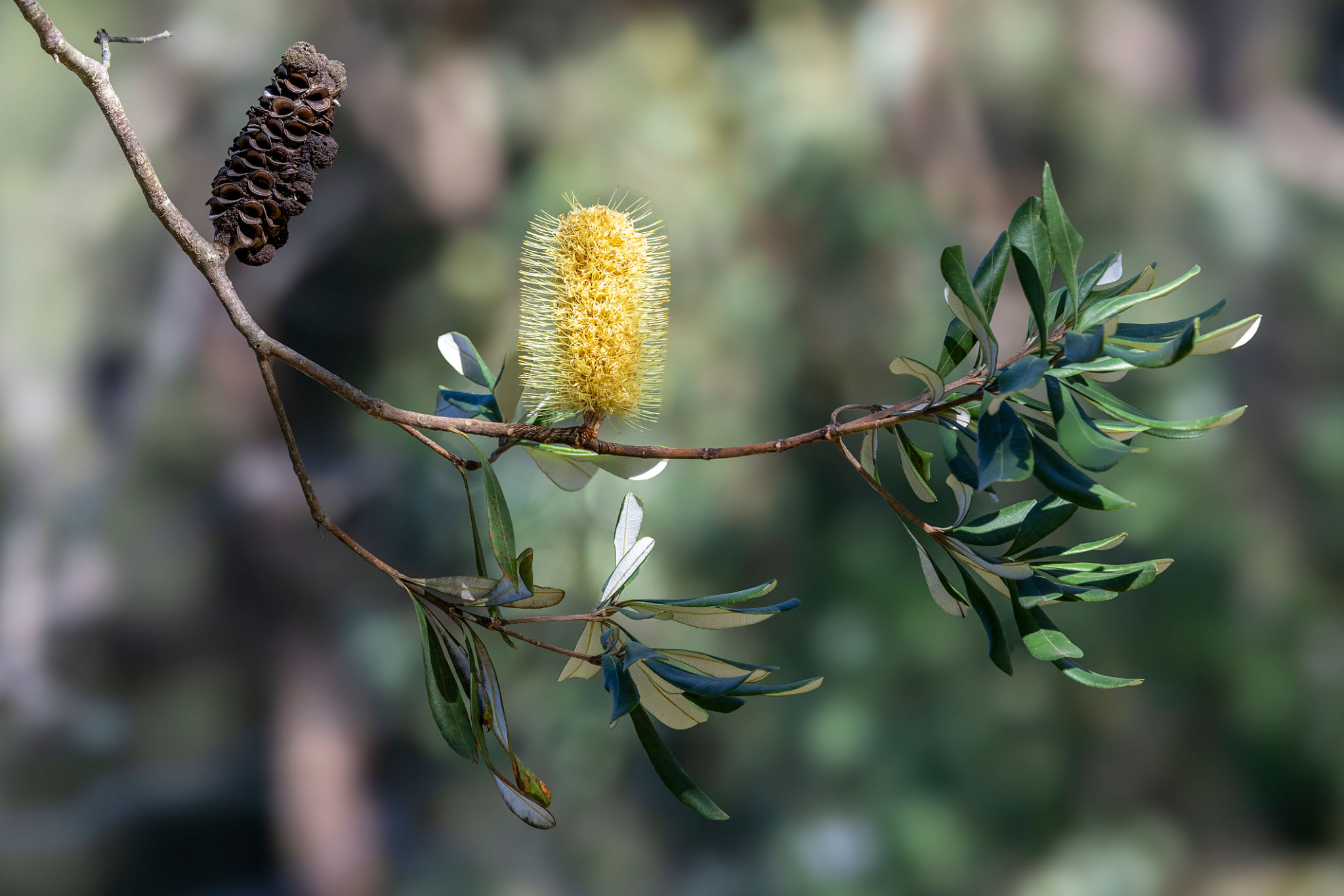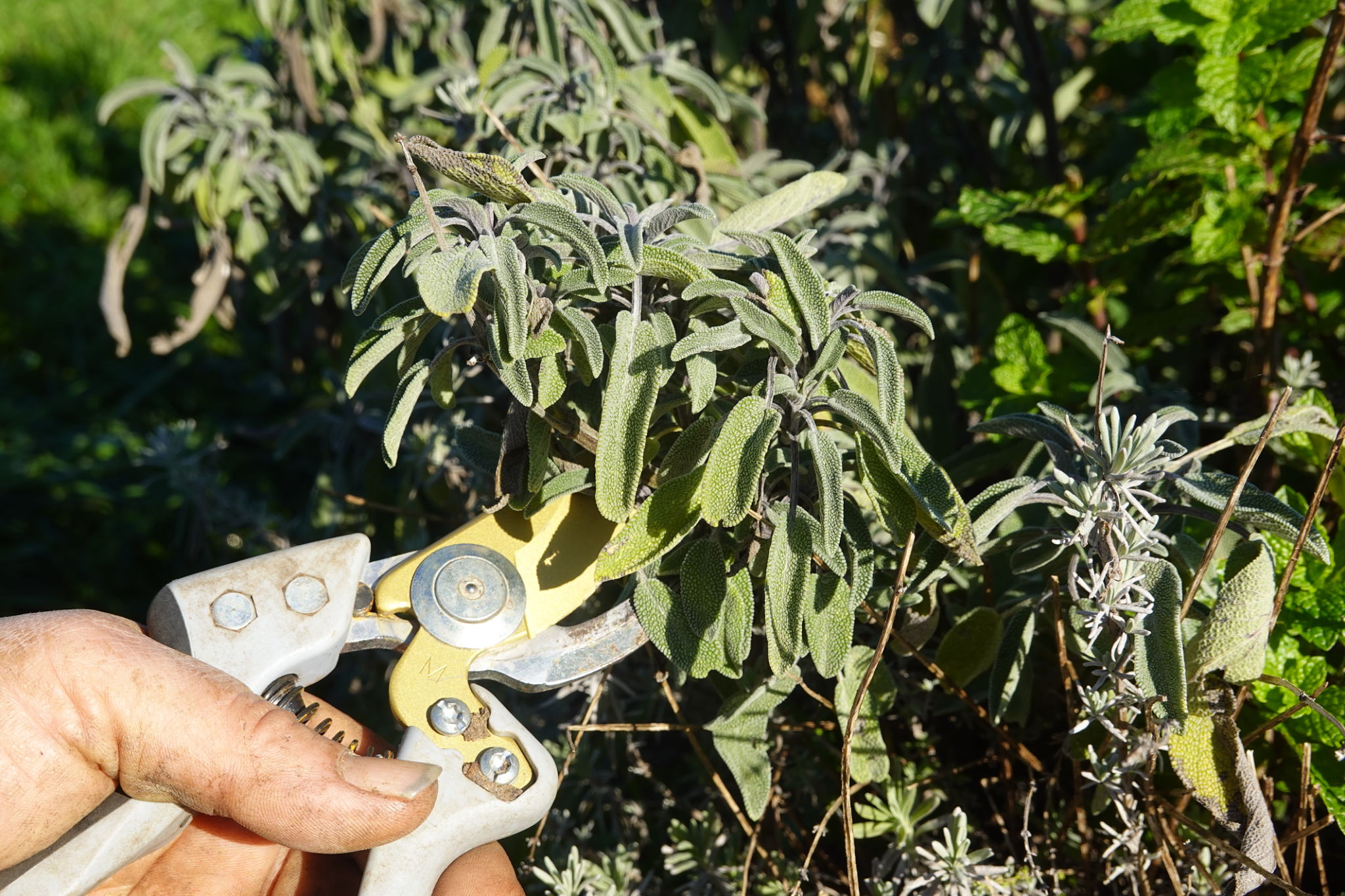Debunking Common Landscaping Myths: What Every Hamilton Homeowner Should Know
Myth 1: Native Plants Don't Need Maintenance
One common misconception among Hamilton homeowners is that native plants are maintenance-free. While these plants are typically well-adapted to the local climate and soil, they still require some care. Proper watering, pruning, and occasional fertilization are necessary to ensure they thrive. Neglecting these tasks can lead to overgrowth and a less aesthetically pleasing landscape.

Myth 2: Landscaping Is Too Expensive
Another prevalent myth is that landscaping is only for those with deep pockets. In reality, landscaping can be as budget-friendly or as extravagant as you'd like. By prioritizing key areas and employing cost-effective strategies like using perennials or DIY projects, homeowners can create beautiful landscapes without breaking the bank.
Consider starting small and gradually expanding your landscaping efforts. This approach allows you to spread out costs over time while still achieving a stunning outdoor space.
Myth 3: All Mulches Are Created Equal
Not all mulches offer the same benefits. While mulching is essential for moisture retention and weed control, selecting the right type is crucial. Organic mulches, like bark or wood chips, decompose over time, enriching the soil. In contrast, inorganic mulches such as stones or rubber provide different benefits but do not break down in the same way.

Myth 4: You Should Water Daily
Overwatering is a common mistake, often due to the myth that daily watering is beneficial. In reality, infrequent but deep watering encourages strong root growth. Aim to water your landscape deeply once or twice a week, depending on weather conditions and plant needs.
By understanding and adjusting your watering habits, you can promote healthier plants and conserve water, which is vital for both your garden and the environment.
Myth 5: Pruning Can Be Done Anytime
Many homeowners believe they can prune their plants whenever they like. However, timing is crucial for proper pruning. Different plants have specific pruning needs, often based on their growth cycle. Pruning at the wrong time can lead to reduced blooms or even damage to the plant.

The Importance of Timing
Research each plant's specific pruning requirements to ensure you're supporting its health and growth. For instance, spring-flowering shrubs should be pruned right after they bloom, while others might need attention during dormancy.
Myth 6: Landscaping Is Just About Aesthetics
While a beautiful landscape certainly enhances curb appeal, it's not just about looks. Well-planned landscaping can improve energy efficiency by providing shade and wind protection, increase property value, and create habitats for local wildlife.
Consider incorporating elements like trees for shade or native plants to support local ecosystems. These choices demonstrate that landscaping serves multiple purposes beyond mere beauty.

